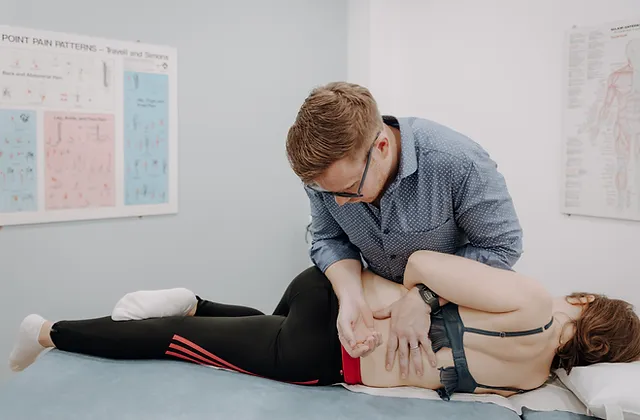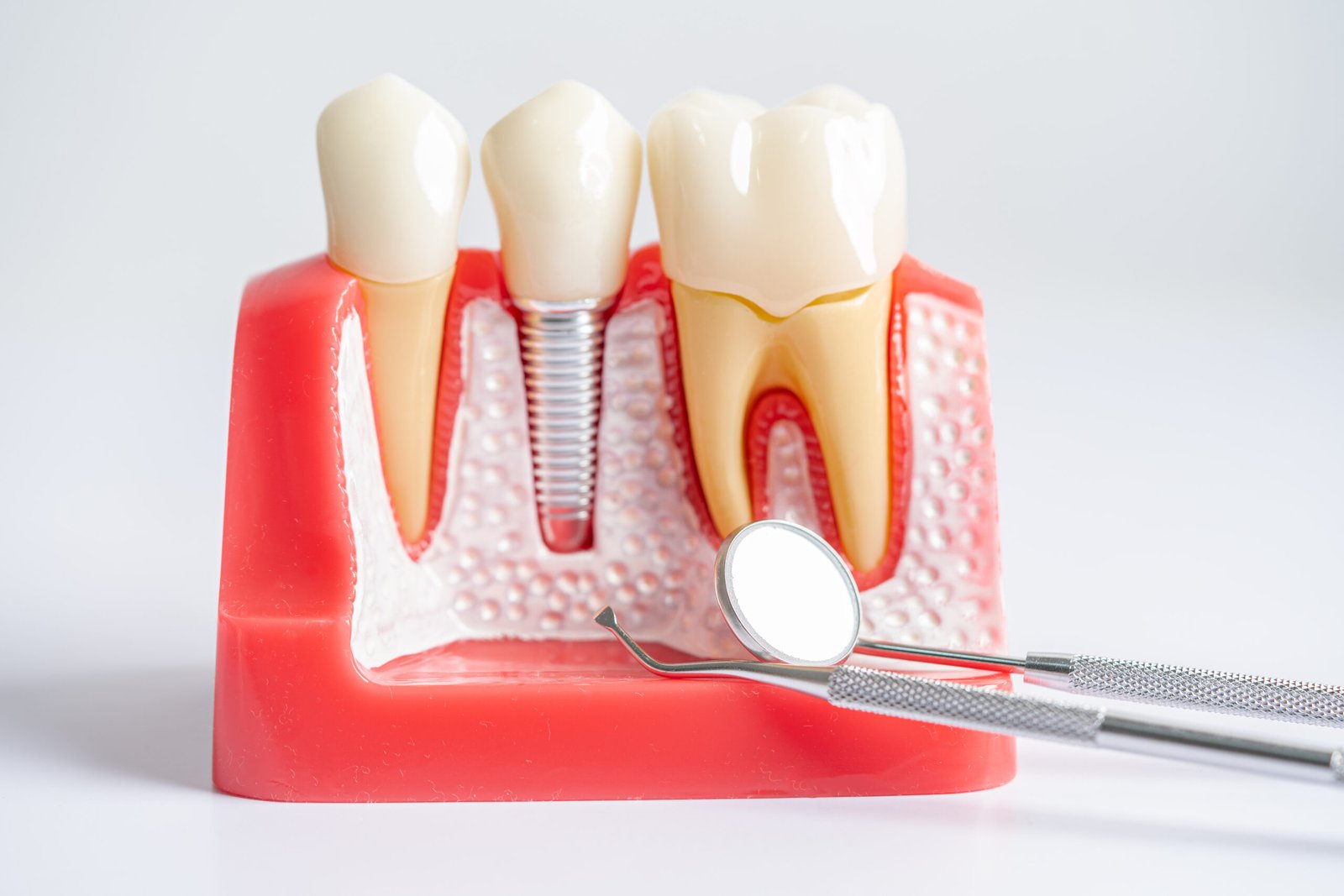Getting a good night’s sleep is essential for our physical Physiotherapy, mental Rehab Center, and emotional health. However, millions of people struggle with sleep issues, from insomnia to restless nights caused by pain or anxiety. While many turn to medications or sleep aids, physiotherapy techniques offer a natural, effective way to improve sleep quality by addressing the underlying physical and mental factors that disrupt rest. This article explores how physiotherapy techniques can help you achieve better, more restful sleep.
Understanding the Link Between Physiotherapy and Sleep
Physiotherapy focuses on restoring physical function, reducing pain, and improving overall well-being. When we experience chronic pain, stress, or muscle tension, our ability to relax and fall asleep naturally is compromised. Physiotherapy can help alleviate these issues through a variety of methods, including targeted exercises, stretching, relaxation techniques, and even lifestyle recommendation Best Gynecologist in Jaipur: Guide to Finding Specialist.
Benefits of physiotherapy for sleep include:
- Reduced muscle tension and pain
- Improved body alignment and posture
- Relaxation of the nervous system
- Enhanced circulation and blood flow
Stretching for Relaxation and Tension Release
Stretching before bed is a simple yet effective technique to ease tension and calm the body. Tight muscles can prevent you from fully relaxing, leading to discomfort that can keep you awake or disrupt your sleep. Physiotherapists recommend the following stretches to release tension and prepare the body for sleep:
- Child’s Pose: This gentle stretch relieves tension in the back, shoulders, and hips. Kneel on the floor, extend your arms forward, and sit back on your heels, allowing your body to relax.
- Cat-Cow Stretch: Moving between these two poses helps to release tension in the spine and lower back. Start on all fours, arch your back up into “cat” pose, then lower your back down into “cow” pose. Repeat several times, breathing deeply with each movement.
- Forward Fold: This stretch helps ease tension in the lower back and hamstrings. Stand with your feet hip-width apart, bend forward, and let your arms hang toward the floor. Keep your knees slightly bent and hold the position for 30 seconds.
These gentle stretches can signal to your body that it’s time to relax, making it easier to fall asleep and stay asleep.
Breathing Techniques for Calm and Relaxation
Our breathing patterns have a direct impact on our stress levels and nervous system activity. Physiotherapy incorporates specific breathing exercises to help relax the mind and body, which is crucial for a restful sleep.
Try these breathing techniques for a calmer bedtime routine:
- Diaphragmatic Breathing: Also known as belly breathing, this technique helps engage the diaphragm, promoting deeper, more relaxed breaths. Lie down comfortably, place one hand on your chest and the other on your belly. Inhale deeply through your nose, allowing your belly to rise, and exhale slowly through your mouth. Repeat for 5–10 minutes.
- 4-7-8 Breathing Technique: This technique involves inhaling for 4 seconds, holding the breath for 7 seconds, and exhaling slowly for 8 seconds. The extended exhale helps to calm the nervous system and reduce stress.
- Progressive Muscle Relaxation: This involves tensing and then releasing different muscle groups, which helps release physical tension and promotes relaxation.
Regularly practicing these techniques can improve the quality of your sleep by reducing stress and preparing your mind and body for rest.
Managing Pain with Physiotherapy
Chronic pain is a common cause of poor sleep, as discomfort makes it difficult to find a comfortable position or stay asleep throughout the night. Physiotherapy can help manage pain with exercises and techniques that target specific areas of discomfort.
Some techniques include:
- Targeted Exercises: Physiotherapists can develop personalized exercise plans to strengthen the muscles around painful areas, reducing discomfort and supporting better alignment.
- Heat and Cold Therapy: Applying heat or cold packs to areas of pain can alleviate soreness and reduce inflammation, making it easier to fall asleep.
- Manual Therapy: Hands-on techniques, such as massage or joint mobilization, can relieve muscle tension and increase circulation, providing relief from chronic pain.
By addressing the root causes of pain, physiotherapy makes it easier to relax and enjoy uninterrupted sleep.
Improving Posture and Alignment for Better Sleep
Poor posture can lead to muscle imbalances and strain, which may contribute to discomfort that interrupts sleep. Physiotherapy works to improve alignment, reducing the risk of pain and making it easier to find a comfortable sleeping position.
Some posture-improving techniques include:
- Strengthening Core Muscles: A strong core supports proper alignment, which reduces strain on the spine and can alleviate pain in the back, shoulders, and neck.
- Sleeping Position Adjustments: Physiotherapists can recommend ideal sleeping positions and pillow placements to reduce strain on the spine and joints. For instance, sleeping on your back with a pillow under your knees can relieve lower back pain.
- Ergonomic Adjustments for Daytime Activities: Physiotherapy can provide guidance on how to improve posture during daily activities, such as sitting, standing, or working at a desk, which contributes to better body alignment overall.
With improved posture and alignment, you’ll be more comfortable in bed, leading to a deeper, more restful sleep.
Exercise to Promote Physical Exhaustion and Sleep Quality
Regular physical activity is proven to support better sleep. Physiotherapists can create an exercise program that improves fitness and mobility without overstimulating the body before bed. Exercise helps regulate your sleep-wake cycle and increases the body’s need for rest.
Key considerations for exercising to improve sleep:
- Timing: Exercise earlier in the day rather than late in the evening, as intense activity close to bedtime can increase adrenaline and make it harder to fall asleep.
- Low-Impact Activities: Physiotherapists often recommend low-impact exercises like walking, swimming, or cycling, which increase fitness without putting undue strain on the body.
- Consistency: Regular exercise helps improve overall physical health, mood, and energy levels, making it easier to fall asleep at night.
An exercise routine developed by a physiotherapist can help ensure you get the right balance of activity for better sleep.
Hydrotherapy for Relaxation and Muscle Recovery
Hydrotherapy, or water-based therapy, can be incredibly soothing, especially when used before bedtime. The warm water helps relax muscles, improve circulation, and prepare the body for sleep.
Some effective hydrotherapy options include:
- Warm Baths: A warm bath before bed can help reduce muscle tension and promote relaxation, signaling to your body that it’s time to wind down.
- Contrast Showers: Alternating between warm and cool water can help improve circulation and reduce muscle soreness.
- Water-Based Stretching: Stretching in warm water can improve flexibility and relieve tension, making it easier to sleep comfortably.
Hydrotherapy is an excellent option for individuals with joint pain, arthritis, or chronic muscle tension, as it allows for gentle movements without pressure on the joints.
Creating a Sleep-Friendly Environment with Physiotherapy Tips
Sometimes, our sleep issues stem from our environment rather than physical discomfort. Physiotherapists can provide tips on creating a sleep-friendly environment, including:
- Temperature Control: Cooler room temperatures are ideal for sleep. Aim for a room temperature between 60-67°F (15-19°C).
- Pillow and Mattress Recommendations: A supportive mattress and pillow can make a big difference in comfort. Physiotherapists can recommend bedding that aligns with your specific physical needs.
- Sleep Hygiene Practices: Developing consistent bedtime routines, reducing screen time before bed, and avoiding heavy meals in the evening are also essential tips provided by physiotherapy.
These adjustments to your environment can complement physiotherapy techniques, providing you with an all-encompassing approach to better sleep.
Conclusion
Physiotherapy offers a natural and effective approach to improving sleep quality by addressing physical discomfort, reducing stress, and promoting relaxation. Through techniques like targeted stretching, breathing exercises, posture correction, and hydrotherapy, physiotherapy enables better sleep without the need for medications or invasive treatments.
If you’re struggling with sleep issues, consider consulting a physiotherapist to create a tailored plan. With consistent effort and the right techniques, you can achieve better rest, enhance your well-being, and wake up feeling refreshed and ready to face the day.
















Leave a Reply